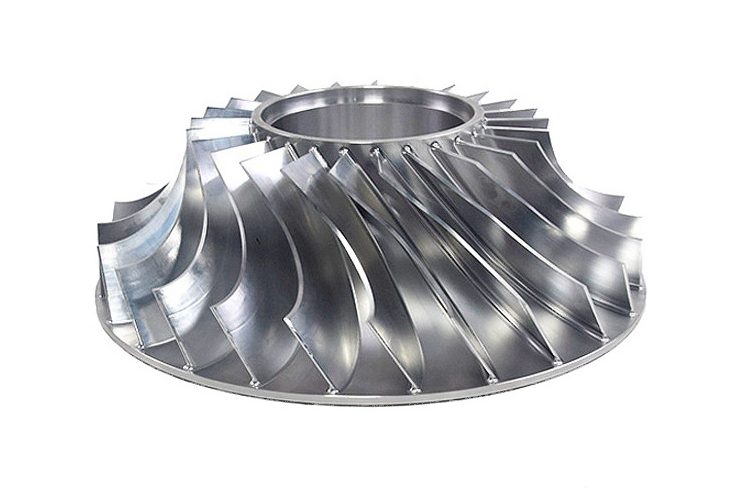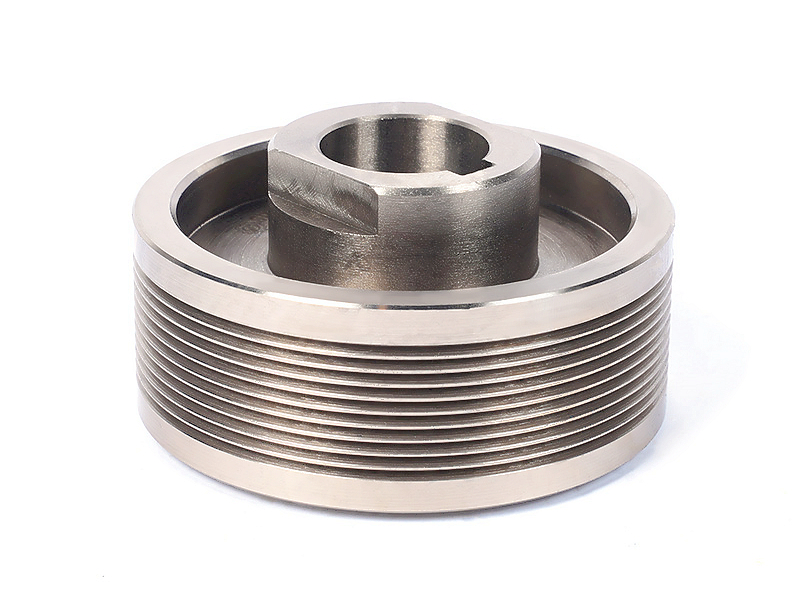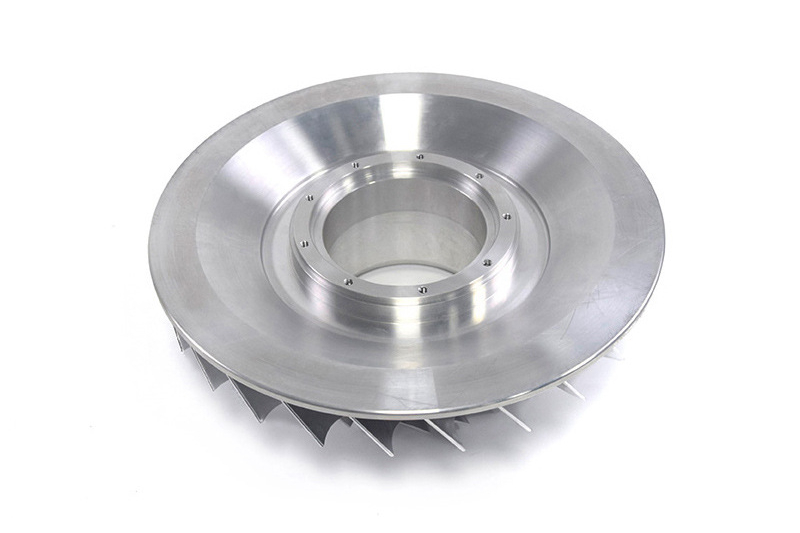Which surface treatments suit titanium parts used in long-term seawater exposure?
From a corrosion engineering perspective, while titanium and its alloys, such as Ti-6Al-4V, possess excellent inherent resistance to seawater due to a stable, passive oxide layer, long-term exposure presents unique challenges that often necessitate specialized surface treatments. These challenges include potential crevice corrosion in tight joints, biofouling, and erosion. The right surface treatment is selected not to prevent general corrosion, but to enhance specific performance characteristics for marine service.
Recommended Surface Treatments for Seawater Exposure
1. Anodizing
Anodizing is a highly effective electrochemical process that artificially thickens and stabilizes titanium's natural oxide layer.
Benefits for Marine Use: It significantly improves resistance to crevice corrosion and wear, which is critical for moving parts like valves or fasteners. The hard, ceramic-like surface also provides a superior base for bonding and paint adhesion if needed.
Considerations: The process is well-suited for complex geometries produced by CNC Machining and does not significantly alter part dimensions.
2. Thermal Sprayed Ceramic Coatings
Applying coatings like alumina (Al₂O₃) or titania (TiO₂) via plasma spray creates a thick, inert barrier.
Benefits for Marine Use: These coatings offer exceptional erosion resistance against sand-laden water and can provide thermal insulation. They are ideal for large components in oil and gas infrastructure or pump impellers.
Considerations: The coatings can be porous and may require sealing; they also add significant thickness and are less suitable for parts with very tight tolerances.
3. PVD (Physical Vapor Deposition) Coatings
PVD Coatings such as Titanium Nitride (TiN) or Chromium Nitride (CrN) deposit a thin, ultra-hard, and dense layer.
Benefits for Marine Use: They dramatically increase surface hardness, providing outstanding resistance to abrasive wear and galling. The very low coefficient of friction of some PVD coatings also helps reduce biofouling adhesion. This makes them excellent for critical, high-wear components in power generation or desalination equipment.
Considerations: PVD is a line-of-sight process, which can make coating complex internal features challenging. It is a premium finishing option often used on precision machined components.
4. Micro-Arc Oxidation (MAO)
As previously discussed, MAO grows a thick, rugged ceramic oxide layer integral to the substrate.
Benefits for Marine Use: It offers a unique combination of extreme hardness, corrosion resistance, and thermal stability. The coating is highly adherent and provides excellent protection against cavitation erosion and abrasion.
Considerations: The dimensional change and typically rough surface finish must be designed for from the outset.
Engineering Guidelines for Selection
For General Corrosion and Crevice Protection: Anodizing is often the most cost-effective and reliable choice.
For Abrasion and Erosion Resistance: Prioritize PVD coatings or Micro-arc Oxidation for critical, high-wear surfaces. Thermal spray is an alternative for larger areas.
To Mitigate Biofouling: A smooth, hard finish like a polished and anodized surface or a PVD coating can reduce the adhesion of marine organisms. For more active anti-fouling, these treatments serve as a stable base for specialized anti-fouling paints.
Design and Manufacturing Synergy: The choice of treatment must be integrated with the manufacturing process. For instance, a part destined for MAO should be machined to a pre-calculated undersize, while a part for PVD should be designed to minimize shadowing effects.



